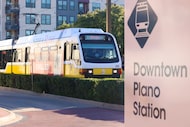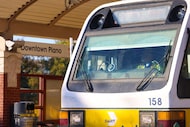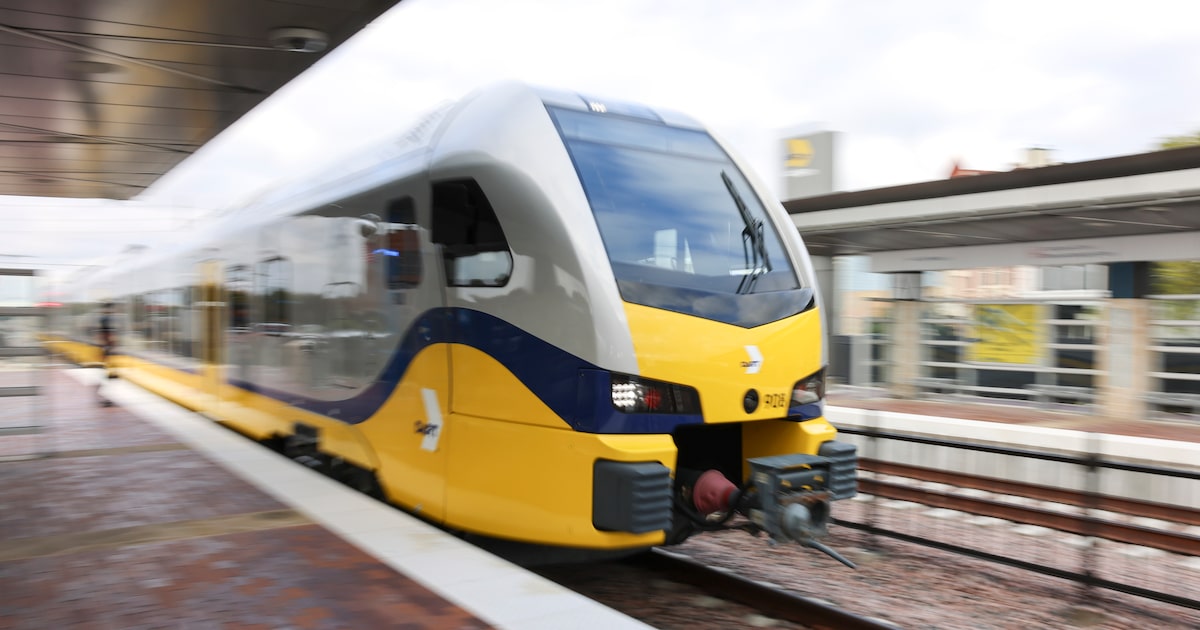As residents in several North Texas cities consider voting to leave the Dallas Area Rapid Transit agency next May, concerns with how DART is funded and governed have come to the forefront of conversations by those seeking an exit.
Citing concerns with service and costs, and after advocating for legislation to change DART’s funding and governance, residents of Plano, Irving, Farmers Branch and Highland Park will now vote next year on whether it’s worth contributing to the system.
Here’s how the state’s largest public transportation system is structured.
Who pays for DART?
Breaking News
DART is a regional transit agency authorized under Texas law and created in 1983. Member cities fund the agency through sales tax. Cities can collect two cents of every dollar spent locally, and member cities give one penny to DART. Leaving the agency could free cities to use that sales tax to fund economic development programs, as other North Texas cities have.
The transit agency serves 13 member cities: Addison, Carrollton, Cockrell Hill, Dallas, Farmers Branch, Garland, Glenn Heights, Highland Park, Irving, Plano, Richardson, Rowlett and University Park.
In the 2024 fiscal year, DART had $851.8 million in sales tax revenue. Sales tax revenue represents about 70% of DART’s overall budget. Other revenue sources include fares, federal funds, interest and borrowing.
Dallas contributes the most sales tax to DART, more than $423 million in the 2023 fiscal year, according to agency documents. The next is Plano at $116 million and Irving at $103 million.
If Plano, Irving, Farmers Branch and Highland Park withdrew from DART, the agency could lose more than $250 million a year.
What do cities get back?
A 2024 report by the firm EY showed Plano contributed more than $109 million in fiscal year 2023, though DART spent about $44 million on services in the city. But cities like Irving and Dallas received more in services than they contributed.
DART leaders have scrutinized the EY study’s methodology. The report also did not factor in the investment of the newly opened $2 billion Silver Line, which carries passengers from DFW International Airport to Plano’s Shiloh Road Station.
A 25-year study by the University of North Texas Economic Research Group found that development within a quarter mile of DART light rail stations has generated $18.1 billion direct economic impact to North Texas over the past 25 years.
The study also found rent premiums were higher in developments closer to DART stations, and that these developments created jobs and income. DART contributed less than $50,000 to the UNT Economics Research Group’s costs to collect, analyze and report the data.
How many people ride DART?
People took more than 29 million trips on DART’s buses in the 2024 fiscal year, according to the agency’s data, and more than 22 million on its light rail system.
The COVID-19 pandemic delivered a huge blow to ridership. Bus ridership in 2024 was 20% less than in 2015, when people took more than 36 million trips on DART buses, and light rail ridership was down nearly 26% in 2024 compared to 2015. While ridership has been recovering since 2020, a March report showed DART’s ridership growth was slowing.
Related

“We have been concerned with DART reducing service levels to our community over the years,” said Irving Mayor Rick Stopfer in a statement.
According to a resident survey, 1% of Irving residents use public transportation like DART or the Trinity Railway Express service daily, the city found. Voters are scheduled to decide on whether or not to leave the agency in the spring.
Who governs DART?
DART is governed by a 15-member board appointed by city councils in the service area based on population. Eight members are appointed by the city of Dallas and seven are appointed by the remaining cities.
Related

Plano City Council member Julie Holmer thinks the model needs to be rethought.
“Right now, one city essentially holds the majority of control over how services are allocated to everyone else,” Holmer said at Wednesday’s council meeting. “That just doesn’t make sense for a regional system that’s supposed to serve all of us.”
Every six years, member cities can hold elections to withdraw from DART under state law. The next opportunity comes in 2026.
Email tips on all things Collin County to lilly.kersh@dallasnews.com.
